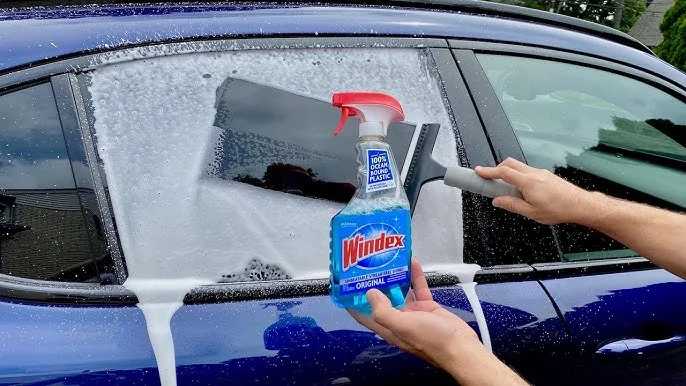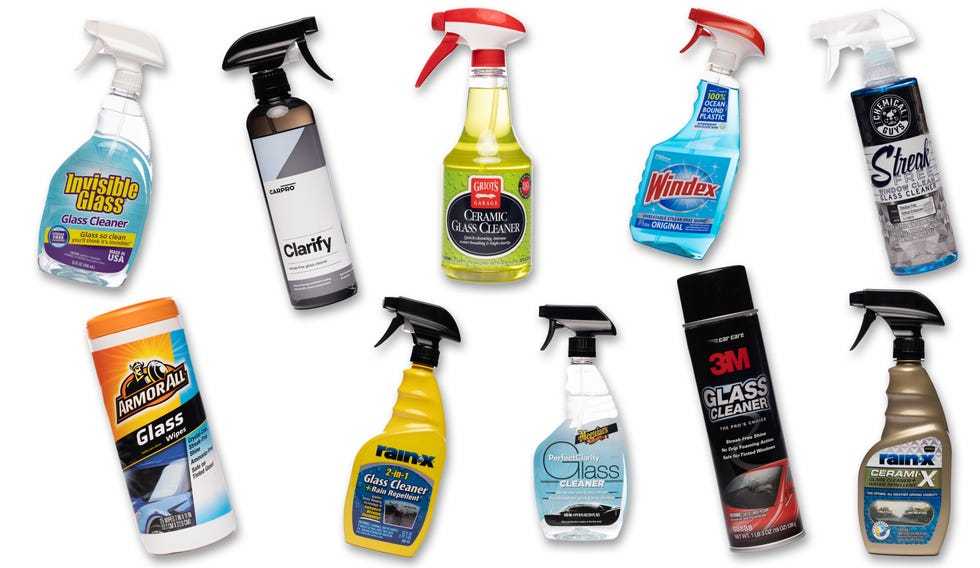Car window tint should be applied on the inside of your vehicle’s windows. This way, the film is protected from the elements and potential damage, ensuring a longer-lasting and more attractive finish. Most professional installers and DIY kits recommend placing the tint on the inside to achieve a smooth, bubble-free appearance and to prevent it from peeling or fading over time.
In short, window tint goes on the inside of your car windows. This not only helps in maintaining clarity and privacy but also protects the film from external damage, making it more durable. Understanding the proper placement of your car tint is essential for achieving a professional look and enjoying the full benefits of tinted windows.
Applying window tint might seem straightforward, but many car owners are unsure whether to place it on the inside or outside of their windows. The answer is simple: tint should always be installed on the inside. This placement offers better protection from weather, scratches, and fading, plus it ensures the film adheres evenly without getting damaged by the elements. Whether you’re tinting your car for style, privacy, or UV protection, knowing the correct placement makes all the difference. With this knowledge, you can confidently choose the right method and enjoy a sleek, long-lasting tinted look that enhances your vehicle’s aesthetics and functionality.
Does Car Window Tint Go on the Inside or Outside?
Knowing whether car window tint should be installed on the inside or outside of your vehicle is essential for a neat, long-lasting finish. The placement affects not only the appearance but also the durability of the tint. Let’s explore the details to help you make the right choice for your car.
Understanding the Basics of Car Window Tinting
Car window tinting involves applying a thin film to your vehicle’s windows to block sunlight. This film helps reduce glare, protect passengers from UV rays, and keep the interior cooler. Most tint films are designed to be applied either on the inside or outside of the glass, depending on their specific use and type.
Why the Location Matters
The question of whether tint goes on the inside or outside isn’t just about preference. It significantly impacts the look, lifespan, and effectiveness of the tint. Proper placement can prevent peeling, bubbling, and damage caused by weather or car washes.
Applying Tint on the Inside
The Most Common Practice
Most commercial and DIY tinting projects place the film on the inside of the glass. This approach offers better protection from environmental elements like dirt, rain, and UV exposure.
Advantages of Installing Tint on the Inside
- Protection from Weather: The film is shielded from rain, snow, and dirt, making it last longer.
- Ease of Application: It’s generally easier to handle and smooth out the film when applying inside.
- Better Finish: Inside application results in a cleaner, more professional appearance without exposure to external debris.
Challenges of Inside Application
Applying tint on the inside requires careful cleaning and precise installation to avoid air bubbles or creases. It also needs to be compatible with the car’s glass type to prevent peeling.
Applying Tint on the Outside
When to Use Exterior Tint
Exterior tinting is less common but sometimes necessary for specialty films or temporary applications. It involves placing the film on the outside of the glass.
Advantages of Exterior Application
- Additional Protection: It offers an extra barrier against scratches, stone chips, and weather conditions.
- Temporary Use: Often used for temporary tinting during events or rentals.
- Ease of Removal: It can be easier to remove or replace when applied outside without risking damage to the interior or glass.
Drawbacks of Exterior Tinting
It’s more exposed to elements, which can cause the film to peel or bubble faster. Additionally, external tint tends to require more maintenance and reapplication over time.
Types of Window Tint Films and Their Placement
Dyed Window Films
Dyed films are affordable and effective at reducing heat and glare. They are best applied on the inside for durability and clean appearance.
Metalized Films
Metalized films reflect heat better and are often used inside. They can interfere with electronic signals if placed improperly, so placement on the inside is recommended.
Carbon and Ceramic Films
High-end films like carbon and ceramic are durable and offer superior UV protection. These are typically installed inside for longevity and clarity.
Environmental and Legal Considerations
UV Protection and Indoor Placement
Most UV protection is enhanced when tint is applied on the inside, where it’s protected from environmental wear. This placement helps maintain optical clarity and consistency.
Legal Restrictions
Many regions have laws regarding how dark tint can be on the inside or outside of windows. Always check local laws before installation to avoid penalties.
Maintenance and Longevity of Window Tint
Cleaning Tips for Inside Tint
Use mild cleaners and soft cloths to prevent scratching. Avoid ammonia-based cleaners, which can degrade the film over time.
Care for Exterior Tint
Wash gently and avoid high-pressure washes to prevent peeling or bubbling. Frequent inspections can help catch issues early.
Summary Table: Inside vs. Outside Tinting
| Feature | Inside Tinting | Outside Tinting |
|---|---|---|
| Protection from elements | High | Lower |
| Ease of application | Greater | More difficult |
| Durability | Longer-lasting | Shorter lifespan |
| Protection from weather damage | Yes | No |
| Maintenance | Simpler | More frequent needed |
Related Topics to Consider
- Choosing the right tint film for your car
- Legal tinting regulations by state
- DIY vs. professional tint installation
- How to care for and extend the life of your window tint
Understanding whether to place your car window tint on the inside or outside is key to achieving the best results. Inside installation offers a neater, more durable finish that withstands weather, while outside tinting can serve specific temporary needs. Consider your priorities, the type of film, and local laws before making your decision for a perfect, lasting tint job.
Does ceramic TINT go on the inside or outside?!
Frequently Asked Questions
Should car window tint be applied on the inside or outside of the glass?
Car window tinting is typically applied on the inside of the glass. This placement protects the film from weather exposure and physical damage, ensuring it lasts longer and maintains its appearance. Applying the tint inside also makes it easier to install precisely and reduces the risk of damage from dirt or debris during installation.
What are the advantages of installing window tint on the inside of a vehicle?
Installing window tint on the inside offers several benefits. It helps maintain a clean and neat appearance, protects the film from environmental elements, and allows for easier adjustments or removal if necessary. Additionally, interior application prevents the tint from peeling or cracking due to sun exposure or external factors.
Are there any reasons to consider outside window tint application?
Applying tint on the outside of the window is uncommon and generally not recommended because it exposes the film to weather and external damage. However, in some specialized cases, such as for car wrapping or temporary decals, external application might be used. Still, for standard tinting, inside application remains the preferred choice for durability and effectiveness.
How does the choice of application location affect the longevity of window tint?
Applying window tint on the inside tends to increase its lifespan since it is shielded from UV rays, rain, and other environmental factors. External application risks faster deterioration as the film is more exposed to weather, dirt, and physical impacts, which can cause it to peel or fade over time.
Can the window tint be installed on the outside if the vehicle has tinted windows already?
Installing tint on the outside of existing tinted windows is possible but not typical. It can be challenging due to the curved surfaces and existing film, which might interfere with adhesion or cause bubbling. For best results and durability, most professionals recommend applying new tint on the inside, especially if the vehicle already has a layer of tint.
Final Thoughts
‘does car window tint go on the inside or outside’ is a common question. Generally, window tint goes on the inside of the glass to protect the film from weather and scratches. Applying it outside can cause damage and reduce its lifespan.
Choosing the correct side ensures durability and optimal performance. For a smooth, long-lasting finish, always install window tint on the inside.



